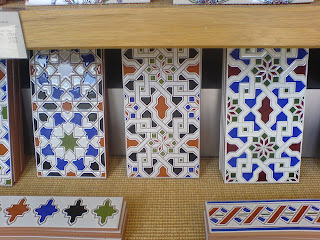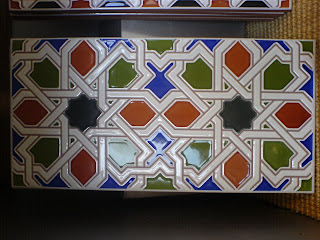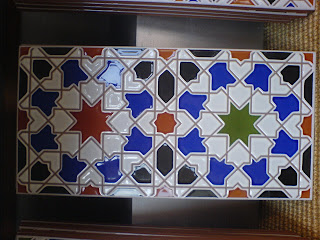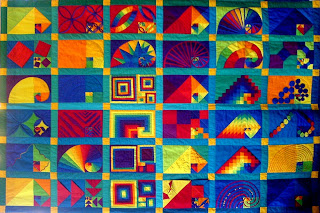 |
| Koch Snowflake Sponge |
After the little triumph of the Koch Snowflake Solid, here's a better one: this beastie doesn't just give you the Koch Snowflake
profile, it's also punctured by an infinite number of little Koch-snowflake-shaped copies, as holes.
It's a sponge!
The method's pretty much the same as before: divide your source cube into a 3×3×3 grid and delete the eight corners, but then
also delete the central cubelet.
When you carry out the very first division it seems that deleting the centre shouldn't change the shape in any way, because the centre cube is totally isolated from the outside world by its six face-adjacent neighbours, but as the number of iterations increases, the cubelets get their corners progressively nibbled away and you get to peek through the holes created by the missing corners into the central void (and out of the other side).
At each iteration the sponge opens up a new set of hexagonal holes, and the existing holes open out and grow more Koch-Snowflakey detail.
This is a way cooler shape than the last one ("It's a sponge!").
And again, for the ultimate verification, I have a real one sitting on my desk made out of plastic.








